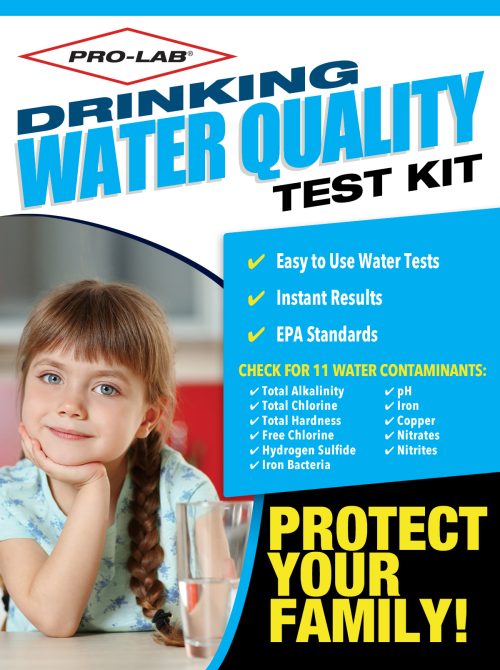[fusion_builder_container hundred_percent=”yes” overflow=”visible”][fusion_builder_row][fusion_builder_column type=”1_3″ last=”no” spacing=”yes” center_content=”no” hide_on_mobile=”no” background_color=”” background_image=”” background_repeat=”no-repeat” background_position=”left top” hover_type=”none” link=”” border_position=”all” border_size=”0px” border_color=”” border_style=”” padding=”” margin_top=”” margin_bottom=”” animation_type=”” animation_direction=”” animation_speed=”0.1″ animation_offset=”” class=”” id=””][fusion_text]
[/fusion_text][/fusion_builder_column][fusion_builder_column type=”2_3″ last=”yes” spacing=”yes” center_content=”no” hide_on_mobile=”no” background_color=”” background_image=”” background_repeat=”no-repeat” background_position=”left top” hover_type=”none” link=”” border_position=”all” border_size=”0px” border_color=”” border_style=”” padding=”” margin_top=”” margin_bottom=”” animation_type=”” animation_direction=”” animation_speed=”0.1″ animation_offset=”” class=”” id=””][fusion_text]Why is Water Quality Important?
We know that man-made chemicals, the majority of which were introduced into society after World War II, have been poisoning our surface drinking water supplies for years. Over the decades they have filtered down and contaminated our vital underground drinking sources as well.
Some experts believe the toxins in our drinking water are the number one health threat causing cancer, heart disease and lead poisoning. Such chronic illnesses are brought on by the body’s absorption. Water contaminants not only affect our health, but they can also corrode fixtures, stain and deteriorate clothing and household surfaces, alter the taste of food and drinking water, and slowly turn hair orange.
$9.95
[/fusion_text][/fusion_builder_column][fusion_builder_column type=”1_1″ last=”yes” spacing=”yes” center_content=”no” hide_on_mobile=”no” background_color=”” background_image=”” background_repeat=”no-repeat” background_position=”left top” hover_type=”none” link=”” border_position=”all” border_size=”0px” border_color=”” border_style=”” padding=”” margin_top=”” margin_bottom=”” animation_type=”” animation_direction=”” animation_speed=”0.1″ animation_offset=”” class=”” id=””][fusion_text]
Water Quality Kit by PRO-LAB®
- Do It Yourself Test Kit
- Safe and Easy to Use
- Reliable Results Instantly
- Laboratory Tested for Accuracy
- Quickly and easily test for Chlorine, Water hardness, Nitrate/Nitrite, Iron, pH, copper, and alkalinity of your water
The Professional Water Quality Test Kit accurately monitors municipal and well water as well as the efficiency of home water filtration devices and is recommended for use every 3 months. The product features laboratory grade test strips which will measure for potentially major water problems such as chlorine, iron, pH, copper, alkalinity, nitrate/(nitrite) and water hardness. By placing the test strips under cold water according to the directions, and comparing the results against the color charts provided, home-owners can have accurate test results indicating “danger”, “caution” or “safe” levels in as little as 1 minute.
Chemicals Found in your Water?
Chlorine
Chlorinating water is necessary for disinfecting; however, over-chlorination produces by-products known as trihalomethanes. One trihalomethane, chloroform, is a known carcinogen.
Nitrate/Nitrite
Nitrate/Nitrite is a chemical that seeps our drinking water from fertilizer, sewage, feed lots and other geological elements. Nitrate over 10 ppm reduces the amount of oxygen available to the fetus in pregnant women causing “Blue Baby Syndrome” (methemoglobulinemia). It is also considered an immediate threat to children 6 months to 1 year old, and is a major health threat to adults.
Iron
Iron is a mineral found in the ground that leaches into drinking water. Although a certain amount of iron is essential to good health, iron levels above .3 ppm cause water to taste bitter, stain and discolor our laundry, fixtures and hair. It is listed under the secondary standards for water.
Water Hardness
Water hardness is a measure of calcium and magnesium in water, neither of which are potential health risks in and of themselves. But hard water above 125 ppm tends to form scales inside pipes that, over time, can actually help to form a barrier from a dangerous lead contaminating drinking water from surrounding lead pipes. However, too much hard water buildup can clog pipes and heaters making cleaning operations much more difficult.
Low water hardness of less than 54 ppm can be corrosive to plumbing and should only be considered a problem if you have lead soldered pipes.
Copper
Copper, is a metal which is commonly found in drinking water. Small amounts are generally not a problem. However, copper levels above 1ppm can cause jaundice, pancreatitis, poisoning of the red blood cells, gastrointestinal problems and anemia. The presence of copper also affects water’s taste and may stain your porcelain toilets and sinks.
Water Acidity (pH)
Measurements below 7 indicate that the water is corrosive to plumbing, resulting in lead leaching into your tap water.
A desirable reading is between 7 and 7.5.
With PRO-LAB’s kit you can easily test for all of these water quality problems. All five tests should take less than 5 minutes and will provide accurate and reliable results.
The PRO-LAB Professional Water Quality Test Kit contains eight (8) individually foil wrapped, laboratory grade test strips (patented), allowing you to perform a total of sixteen (16) water tests, (2 or each test) in order to determine the quality of your water. There are also directions on this page, to check for two (2) additional contaminates, iron bacteria and hydrogen sulfide. Each test has its own directions. For accurate results, you must follow the directions exactly.
pH is a measure of the acidic or basic character of water. Results below 7 indicate acidity and one above 7 indicates alkalinity. Water with low pH can be corrosive to plumbing fixtures, hot water systems, and leave red stains on galvanized pipe, blue-green stains on copper, and may also release harmful amounts of lead into your water from solder joints and pipes.
Total Alkalinity is the ability of water to resist change in pH. A low total alkalinity may cause your water to appear cloudy and contribute to scaling. When the total alkalinity is too high the pH tends to be high as well.
Total Chlorine consists of both free chlorine and combined (already reacted) chlorine. Free chlorine affects the taste and odor of you water and may irritate your skin and eyes. Chlorine is used to disinfect water in both private and Public Water Systems. However, during the disinfection process, excessive amounts of chlorine may react with decaying organic matter to form trihalomethanes, which can cause cancer.
Total Hardness is a measure of calcium and magnesium in your water. Hard water over 125 parts per million tends to form scales inside pipes creating a barrier between lead solder and the water itself thereby helping to prevent lead from entering into you drinking water. Low hardness, (soft water), less than 54 parts per million, can be corrosive to your plumbing.[/fusion_text][/fusion_builder_column][/fusion_builder_row][/fusion_builder_container]
